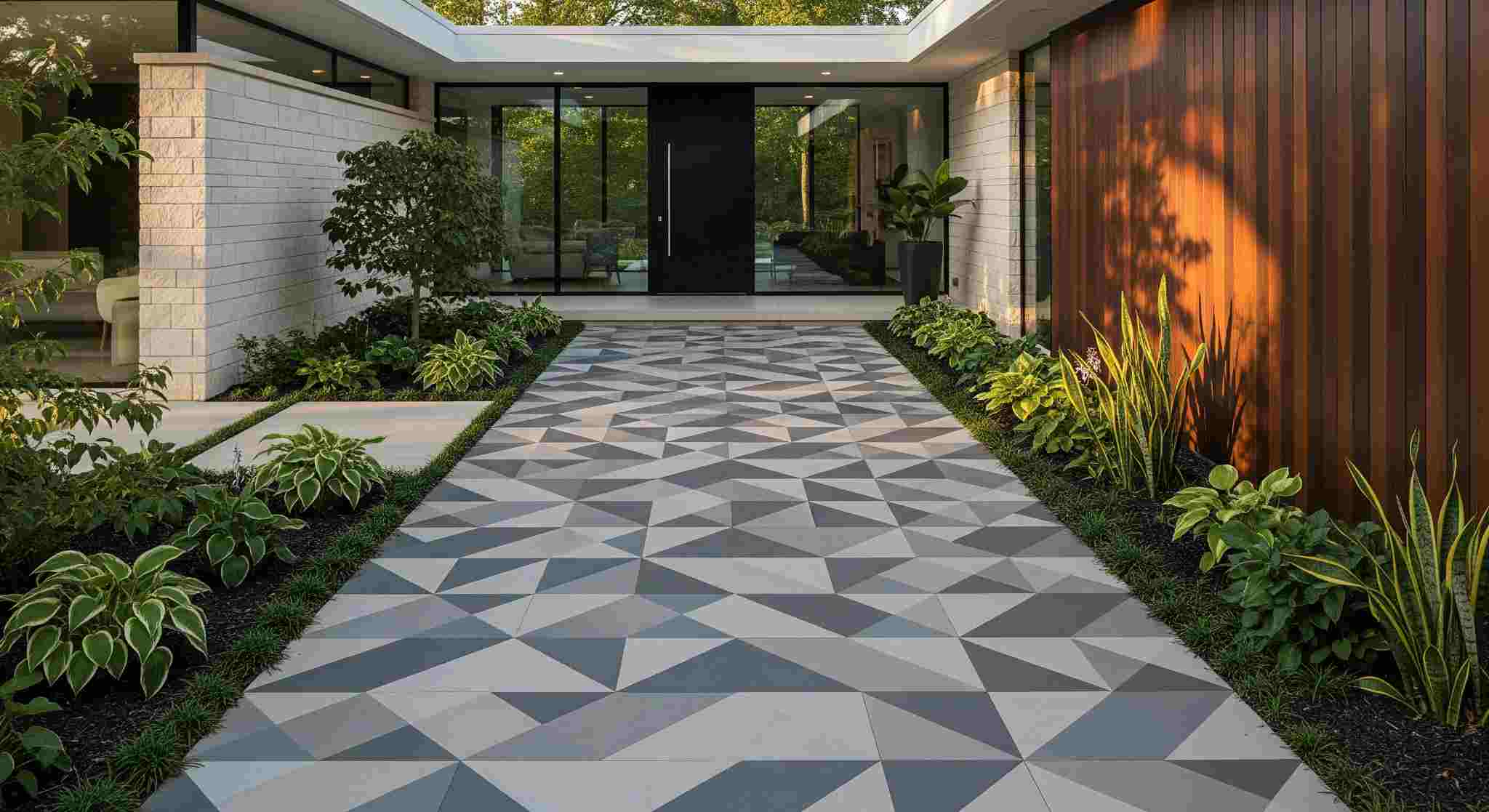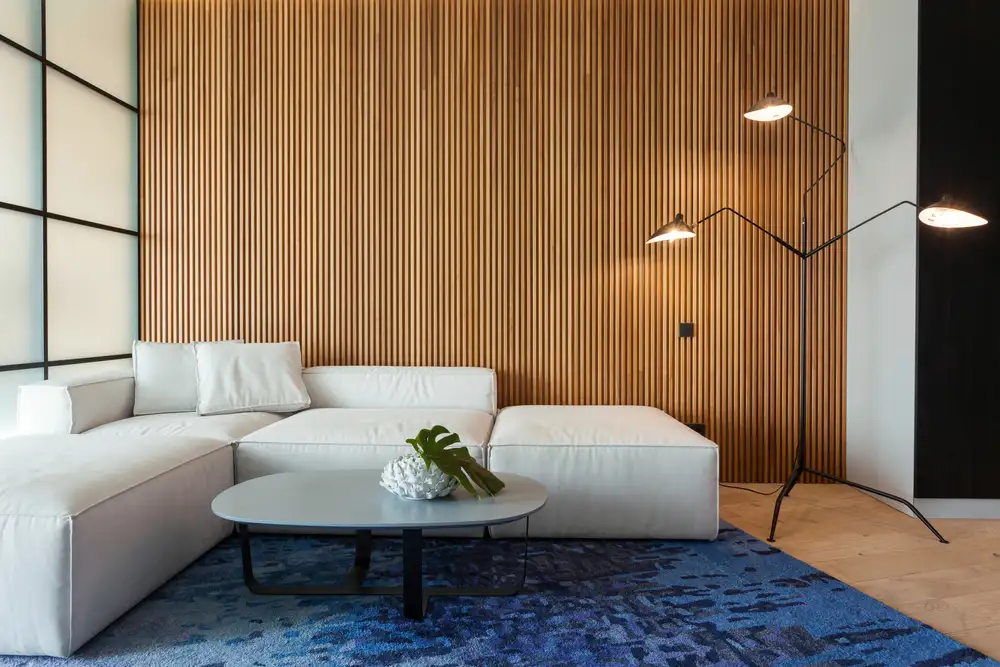Tiles have long been a cornerstone of architectural and interior design, providing both functionality and aesthetic appeal. From flooring and wall coverings to outdoor patios and garden pathways, tiles enhance spaces by combining durability, versatility, and visual impact. Selecting the right tile patterns and styles can transform ordinary surfaces into extraordinary design features, elevating the overall ambiance of interior and exterior environments.
Modern tile design offers an expansive range of materials, shapes, sizes, and finishes. These options allow homeowners, designers, and architects to create spaces that reflect personal style while meeting practical needs such as durability, maintenance, and safety. Understanding the variety of tile patterns and styles is essential to making informed choices that enhance the beauty and functionality of any space.
Classic Tile Patterns
Classic tile patterns are timeless choices that bring elegance and cohesion to both traditional and contemporary spaces. One of the most enduring patterns is the straight lay, where tiles are arranged in a grid with aligned edges. This pattern emphasizes simplicity, uniformity, and clean lines, making it suitable for both small and large spaces. Straight lay works well with rectangular and square tiles and provides a neutral backdrop that complements other design elements.
The diagonal pattern is another classic choice, created by setting square tiles at a 45-degree angle to the walls. This pattern adds visual interest and can make rooms appear larger by drawing the eye along diagonal lines. Diagonal layouts are commonly used in kitchens, bathrooms, and entryways, providing a sense of sophistication and movement.
Herringbone and Chevron Patterns
Herringbone and chevron patterns are popular for adding texture and dynamic flow to both floors and walls. The herringbone pattern consists of rectangular tiles arranged in a staggered zigzag formation. This design creates a sense of rhythm and movement, making it ideal for long hallways, living rooms, or accent walls. Herringbone is versatile, working with wood-look tiles, ceramic, or natural stone to add depth and dimension to spaces.
The chevron pattern, in contrast, involves tiles cut at angles to form a continuous “V” shape. Unlike herringbone, the ends of each tile meet precisely to create a seamless line. Chevron patterns provide a bold, contemporary aesthetic and are often used for statement walls, backsplashes, or flooring where visual impact is desired. Both herringbone and chevron elevate spaces by adding architectural interest without overwhelming the overall design.
Geometric and Mosaic Patterns
Geometric tiles introduce modern flair to interiors and exteriors through intricate shapes and repeated motifs. Popular geometric patterns include hexagons, octagons, triangles, and diamonds. Hexagon tiles, for example, offer a versatile design that works on floors, walls, and even outdoor surfaces. They can be used in monochromatic schemes for understated elegance or in contrasting colors for bold statements.
Mosaic tiles consist of small pieces arranged to create intricate designs or pictorial compositions. Mosaics can be made from ceramic, glass, or natural stone, and are ideal for accent walls, backsplashes, pool surrounds, and decorative borders. The flexibility of mosaics allows designers to experiment with color, texture, and pattern complexity, making them a creative solution for personalizing spaces.
Subway and Brick-Style Patterns
Subway tiles remain a design staple for kitchens, bathrooms, and commercial spaces. Characterized by rectangular tiles laid in offset rows, subway patterns provide a clean, minimalist look. Traditionally used in white, modern subway tiles come in a variety of colors, sizes, and finishes, allowing for customization. The staggered layout creates subtle visual interest while maintaining a uniform appearance that complements various décor styles.
Brick-style patterns are similar to subway layouts but often use larger tiles and rustic finishes. This pattern is commonly used for exterior facades, fireplaces, and accent walls, evoking a sense of warmth and texture. Whether applied indoors or outdoors, brick-style patterns lend character and a timeless appeal to the surface.
Wood-Look and Natural Stone Tiles
Wood-look tiles have become increasingly popular for achieving the warmth and texture of wood while maintaining the durability and low maintenance of tile. These tiles can be arranged in straight lay, herringbone, or chevron patterns, offering flexibility in design. Wood-look tiles are ideal for areas prone to moisture, such as bathrooms, kitchens, and outdoor patios, where natural wood may not withstand environmental conditions.
Natural stone tiles, including marble, travertine, slate, and granite, add luxury and elegance to both interior and exterior spaces. Stone tiles can be polished, honed, or textured to suit the design intent. They are often used for flooring, wall cladding, and outdoor walkways, creating a connection to nature through organic patterns and variations. Stone tiles can be combined with other materials or used alone for a classic, sophisticated look.
Large Format and Minimalist Styles
Large format tiles are ideal for creating modern, minimalist interiors. Their reduced grout lines create a seamless appearance, making spaces feel more expansive and open. These tiles are available in various materials, including porcelain, ceramic, and natural stone, and can be used on floors, walls, and exterior facades. Large format tiles work particularly well in living rooms, bathrooms, and commercial spaces where continuity and a sleek aesthetic are desired.
Minimalist tile styles emphasize neutral colors, simple shapes, and subtle textures. Monochromatic palettes, muted tones, and clean lines create a sense of calm and sophistication. Minimalist tiles can be paired with statement furniture, lighting, and décor elements to balance simplicity with visual interest. This style is particularly effective in modern apartments, offices, and luxury homes.
Outdoor and Exterior Tile Options
Exterior tiles must combine beauty with durability to withstand weather, foot traffic, and environmental conditions. Porcelain and ceramic tiles designed for outdoor use offer water resistance, frost resistance, and slip resistance, making them suitable for patios, balconies, and pool decks.
Natural stone tiles such as travertine, slate, and granite are also popular for outdoor applications. Their natural textures provide grip, while their variation in color and pattern adds character to garden paths, driveways, and terraces. Additionally, textured or patterned tiles can enhance safety while adding visual appeal.
Patterned tiles are increasingly used outdoors to create focal points, define seating areas, or highlight garden features. Repeating motifs, geometric designs, and mosaics elevate the visual impact of exterior spaces while complementing landscaping and architecture.
Color and Texture Considerations
Color and texture play a significant role in tile design, influencing mood, perception of space, and overall aesthetic. Light-colored tiles reflect more light and can make small spaces feel larger, while darker tiles add warmth, intimacy, and sophistication. Contrasting colors can create dynamic visual interest, while tone-on-tone palettes offer subtle elegance.
Texture adds depth and tactile appeal. Glossy finishes reflect light, creating a polished look ideal for walls and accent surfaces. Matte finishes provide understated elegance and reduce glare, making them suitable for high-traffic areas. Textured tiles offer grip for safety in wet or outdoor areas and contribute to a natural, organic feel. Combining textures within a pattern can create a layered, multidimensional effect.
Creative Combinations and Accent Features
Mixing tile shapes, sizes, and colors allows for highly personalized design schemes. Borders, insets, and feature walls can highlight specific areas, such as kitchen backsplashes, fireplace surrounds, or entryways. Layering patterns such as mosaics with large format tiles adds contrast and visual intrigue.
Accent tiles provide opportunities for artistic expression. Hand-painted tiles, decorative motifs, or metallic finishes can transform ordinary surfaces into statement pieces. These elements allow homeowners and designers to reflect personality and creativity while maintaining functional integrity.
Maintenance and Longevity
Choosing the right tile style also involves considering maintenance and durability. Porcelain and ceramic tiles are known for low maintenance, stain resistance, and longevity. They are suitable for high-traffic areas and outdoor environments. Natural stone requires more care, including sealing and regular cleaning, to preserve its appearance and structural integrity.
Grout choice and sealing also impact tile longevity. Proper installation ensures that patterns remain consistent, edges are aligned, and surfaces withstand daily wear. Maintenance practices, such as cleaning with appropriate products and addressing spills promptly, contribute to the long-term beauty of tiled spaces.
Conclusion
Tiles offer an exceptional combination of functionality, durability, and aesthetic versatility. From classic patterns like straight lay and diagonal to intricate mosaics, geometric designs, and modern large format styles, the options are nearly limitless. Wood-look and natural stone tiles bring warmth and elegance, while outdoor tiles provide durability and visual appeal for patios, walkways, and pool areas.
Consideration of color, texture, pattern, and maintenance is essential for achieving a cohesive, elevated design. Creative combinations, accent features, and personal touches allow homeowners and designers to transform spaces into visually striking and functional environments.
By thoughtfully selecting tile patterns and styles, interior and exterior spaces can be enhanced to reflect modern trends, timeless elegance, or bold artistic statements. Tiles remain an essential tool in the designer’s toolkit, capable of elevating the ambiance, functionality, and overall aesthetic of any setting.






Leave a Reply